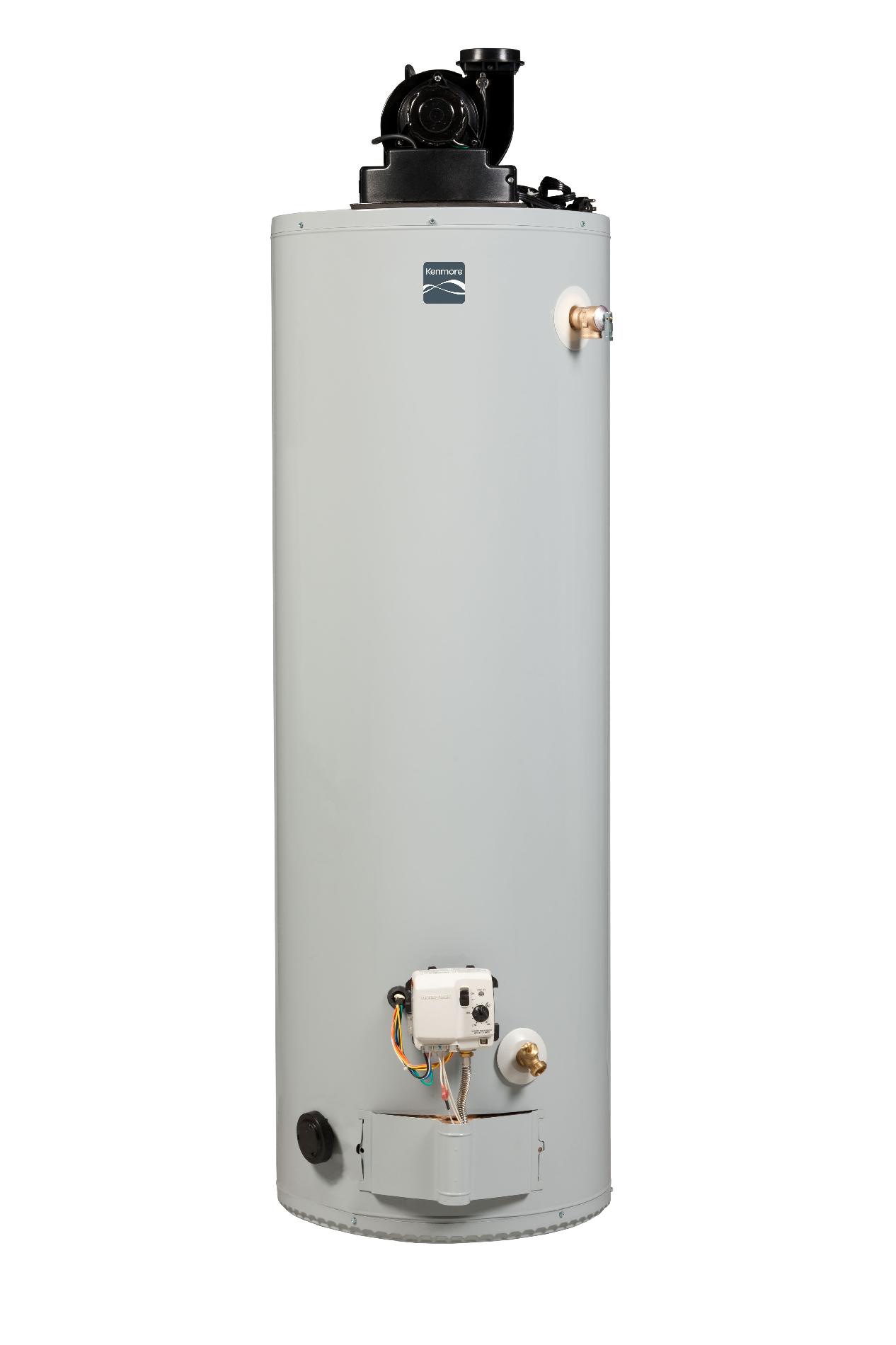Loading ...
Loading ...
Loading ...

Exhaust Venting
This heater is designed to exhaust the products
of combustion (flue gases) to the outdoors using
a sealed piping system. Correct installation of
the venting system is essential to the safe and
efficient operation of this water heater. Vent piping
must be installed in accordance with all applicable
codes. All installations and vent system termination
clearances shall meet the requirements as stated
in the current edition of the "National Fuel Gas
Code, ANSI Z223.1/NFPA 54" (see Figure 23).
Breathing Hazard - Carbon Monoxide Gas
• Instatt vent system In accordance with codes.
• Do not operate water heater if flood damaged.
• Instatt water heater in accordance with the
instruction manual.
• Do not operate if soot buildup is present.
• Do not obstruct water heater air intake(s) with
insulating blanket.
• Do not place chemical vapor emitting products near
water heater,
• Gas and carbon monoxide detectors are available,
• Never operate the heater unless it is vented to the
outdoors and has adequate air supply to avoid risks
of improper operation, fire, explosion or asphyxia-
tion.
• Analyze the entire vent system to make sure that
condensate will not become trapped in a section of
vent pipe and therefore reduce the open cross
sectional area of the vent,
Breathing carbon monoxide can cause brain damage or death.
Always read and understand instruction manual.
IMPORTANT: DO NOT common vent this water
heater with any power vented appliance. DO NOT
vent into a common chimney.
Planning The Vent System
Plan the layout of the vent system from the vent
termination to the water heater considering all
of the 90 degree and 45 degree elbows plus the
number of feet of pipe that would be needed to
install the total vent system. The water heater must
be vented to the outdoors as described in these
instructions. This water heater must be vented
separately from all other appliances.
The unit may be vented horizontally through a
wall or vertically through the roof. Pipe runs must
be adequately supported along both vertical and
horizontal runs.
NOTE: Do not use an elbow as a support point.
Elbows are not designed to carry the load or
stresses of the venting system if they are rigidly
held.
It is imperative that the first hanger (or support) be
located on the horizontal run immediately adjacent
to the first 90-degree elbow from the vertical rise.
Support method used should isolate the vent pipe
from the floor joists or other structural members to
prevent the transmission of noise and vibration. Do
not support, pin, or otherwise secure the venting
system in a way that restricts the normal thermal
expansion and contraction of the chosen venting
material.
NOTE: The information provided in Figures 20
and 23 is intended as a guideline for good vent
installation practices only and is not intended to
restrict venting options beyond those restrictions
established by the current edition of the "National
Fuel Gas Code, ANSI Z223.1/NFPA 54" or any
applicable local and state codes.
/ /
STREET ELBOW NORMAL ELBOW
6 in.m)
BACK TO BACK ELBOWS
/ /> \
90 ° SHORT SWEEP ELBOW
(MORE RESTRICTIVE)
PREFERRED PRACTICE
90 ° LONG SWEEP ELBOW
(LESS RESTRICTIVE)
Figure 20
25
Loading ...
Loading ...
Loading ...
